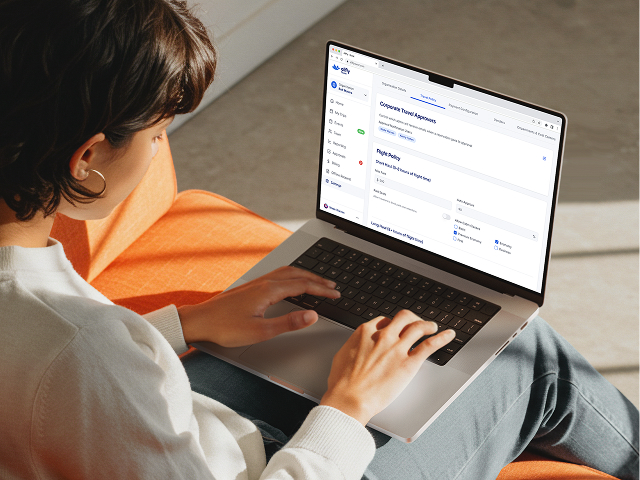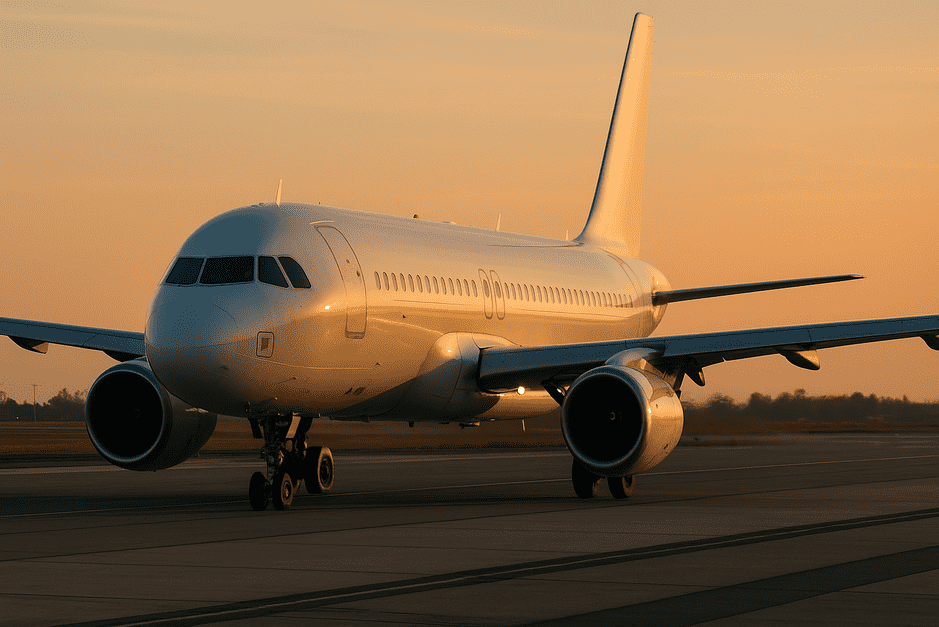When planning team offsites, incentive trips, or corporate meetings, companies face the challenge of balancing cost savings with the feasibility of the program.
Air travel is often one of the largest expenses in these events, making a thorough air analysis crucial to ensuring that budgets are met without compromising the quality of the program. Below, we outline the key factors to consider and the best practices to follow when conducting an air analysis.
Key Factors to Analyze
1. Size of Your Program
The size of your group significantly impacts your air travel budget. As your group size increases, so does the complexity of securing affordable airfare. Airlines typically price their seats in tiers, with the lowest-priced seats selling out first.
For large groups of over 200 people, it’s common to see budgets underestimated by as much as 25%. This is due to the increased demand for seats, driving up the price as more tickets are purchased.
2. Time Restrictions
The more restrictive your arrival and departure times are, the higher your airfare costs are likely to be.
For instance, if you require all attendees to arrive between 1:00 PM and 2:00 PM, you’ll face limited flight options, pushing up the prices. Similarly, tight departure windows can also lead to higher costs as fewer flights are available within those specific times.
3. Location of the Destination
Choosing a destination with a major international airport can greatly impact the affordability and feasibility of your program. Large groups benefit from the greater availability of flights and competitive pricing that major hubs offer.
Conversely, smaller regional airports often have fewer flights and higher prices. For programs over 200 people, we recommend avoiding smaller airports like Palm Springs (PSP), Reno-Tahoe (RNO), and similar locations.
4. Hubs
If you have a significant number of attendees traveling from the same airport, this concentration should be a key consideration in your analysis. Most domestic flights on popular aircraft, such as the Airbus A321 or Boeing 737, have around 120-140 seats in economy.
With limited availability, not all of your attendees may be able to fly on the same plane. For groups with over 100-150 people departing from a single airport, it may be worth exploring charter flight options to ensure everyone arrives on time.
Understanding How Airlines Sell Their Seats: The Role of Fare Classes
Airlines use a system called fare classes to manage the pricing of seats on a flight.
These fare classes, often referred to as “buckets,” represent different price points within the same cabin (such as economy). The key thing to understand is that while two passengers might be seated next to each other in the same section of the plane, they could have paid very different prices for their tickets.
Here’s how it works:
- Initial Pricing: When a flight is first loaded for sale, the airline offers a limited number of seats at the lowest fare class, let’s say $350 for an economy seat.
- Demand Increases: As more seats are booked, these lower-priced fare classes begin to sell out, and the airline automatically moves to the next fare class, which could be priced higher, say $400.
- Last-Minute Demand: As the departure date approaches and fewer seats remain, the prices can increase even further, with the highest fare classes sometimes costing significantly more than the initial offerings.
Example Scenario:
Let’s consider a group of 40 people looking to book the same flight, with the initial economy seat priced at $350.
- Week 1, Day 1: The first 10 tickets are purchased at $350, which depletes the lowest fare class available for this flight.
- Week 1, Day 3: As more tickets are bought, the next 15 tickets are available at $400, as the initial fare class is sold out.
- Week 2, Day 7: By the time the remaining 15 seats are purchased, the price has increased again, with the final fare class available at $450 per seat.
By the end of this two-week purchasing cycle, the average price paid per ticket may be higher than anticipated, with the group potentially paying between $350 and $450 per seat. This incremental price increase is a crucial consideration when budgeting for large groups, as the overall cost can quickly escalate as seats are sold.
Estimating Your Budget

Using AllFly’s Forecast Tool
AllFly offers a powerful tool called Forecast, which helps you build accurate budgets for airfare. This tool takes into account various factors, providing you with a detailed estimate to better plan your travel expenses. Check out the Forecast tool here.
Contracting with AllFly for a Custom Analysis
For a more tailored approach, you can contract with a member of the AllFly team to conduct a custom analysis.
Our experts provide in-depth insights on a per-project basis, starting at $85 per hour. This option is ideal if you require a comprehensive analysis specific to your event.
Running Your Own Search
If you prefer to run your own analysis, using tools like Google Flights is a great starting point.
However, be sure to consider both departure and return flights in your search. Google Flights initially shows basic economy fares, but most business travelers fly in standard economy, which typically costs $60-$150 more. This difference should be factored into your budget calculations.
Considerations for Large Programs
- Size of Your Program: Larger groups drive up demand and prices, especially as lower-cost seats sell out. Always budget with a buffer, particularly for groups over 200 people, to avoid underestimating costs by 25% or more.
- Time Restrictions: The tighter your schedule, the fewer flight options you have, leading to higher prices. Flexibility in arrival and departure times can help keep costs down.
- Location of the Destination: Opt for cities with major international airports to maximize flight availability and competitive pricing. For example, if you’re considering a smaller airport like Palm Springs, think twice if your group is large.
- Hubs: When a significant portion of your attendees are flying out of the same airport, pay special attention to the available routes and aircraft capacity. For very large groups, chartering a flight might be a more efficient solution.
Conclusion
Running an air analysis for team offsites, incentive trips, and corporate meetings requires careful consideration of several key factors.
By understanding the impact of group size, time restrictions, destination choice, and hub concentration, along with how airlines price their seats, you can create a realistic budget that balances cost savings with program feasibility. Whether you use AllFly’s tools, contract with our team, or run your own analysis, these best practices will help ensure a smooth and successful event.

.svg)
.svg)
.svg)











.png)









.png)
.png)


-min.png)
.png)
-min.png)
.png)
-min.png)
.png)
-min.png)
.png)

.jpg)














.png)
.png)







